17 products
-
Twilight Zone Grandiflora Rose
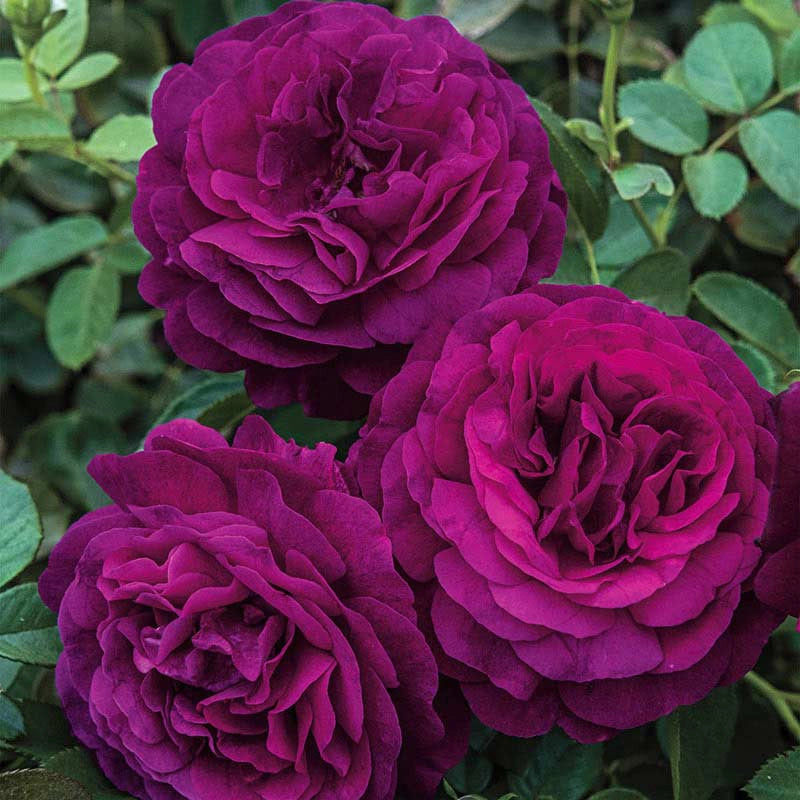 Twilight Zone Grandiflora Rose
Twilight Zone Grandiflora Rose- Regular price
-
$35.99 $119.99 - Regular price
-
$44.99 - Sale price
-
$35.99 $119.99
-
Pop Art™ Grandiflora Rose
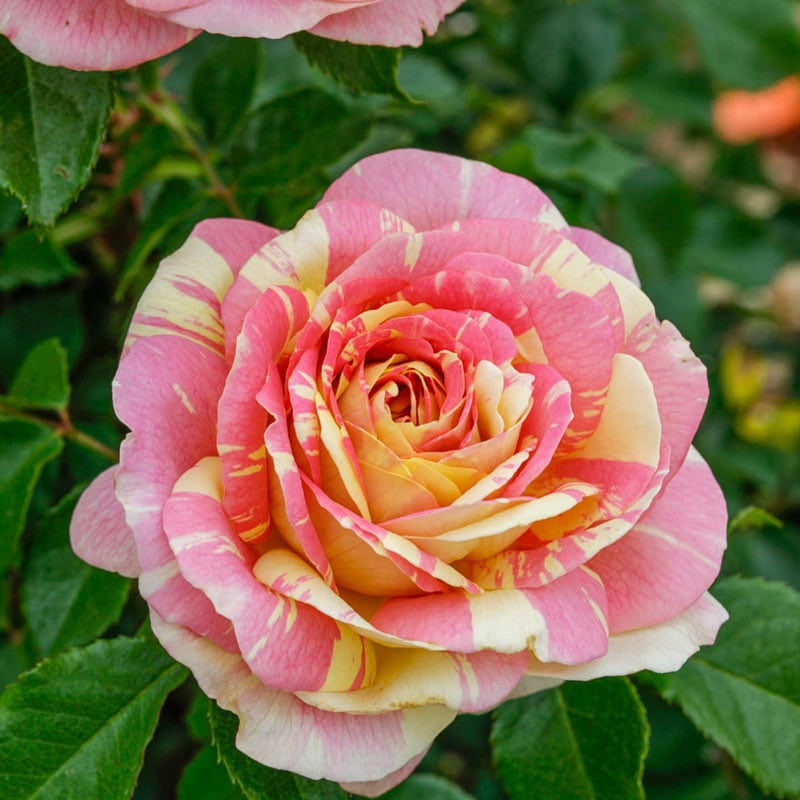 Pop Art™ Grandiflora Rose
Pop Art™ Grandiflora Rose- Regular price
-
$35.99 $119.99 - Regular price
-
$44.99 - Sale price
-
$35.99 $119.99
-
All Dressed Up™ Grandiflora Rose
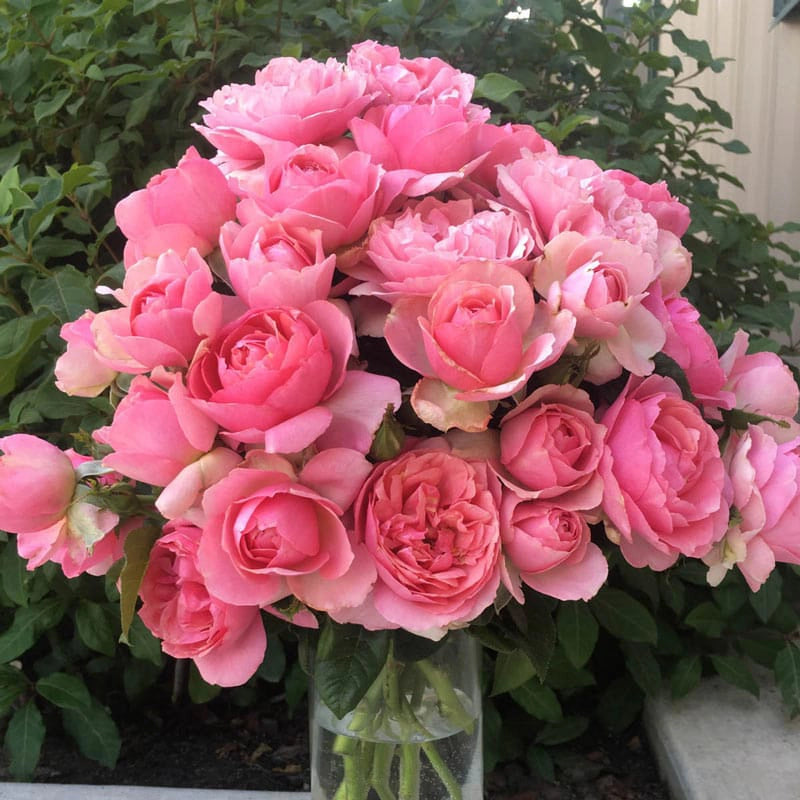 All Dressed Up™ Grandiflora Rose
All Dressed Up™ Grandiflora Rose- Regular price
-
$35.99 $119.99 - Regular price
-
$44.99 - Sale price
-
$35.99 $119.99
-
Anna's Promise Grandiflora Rose
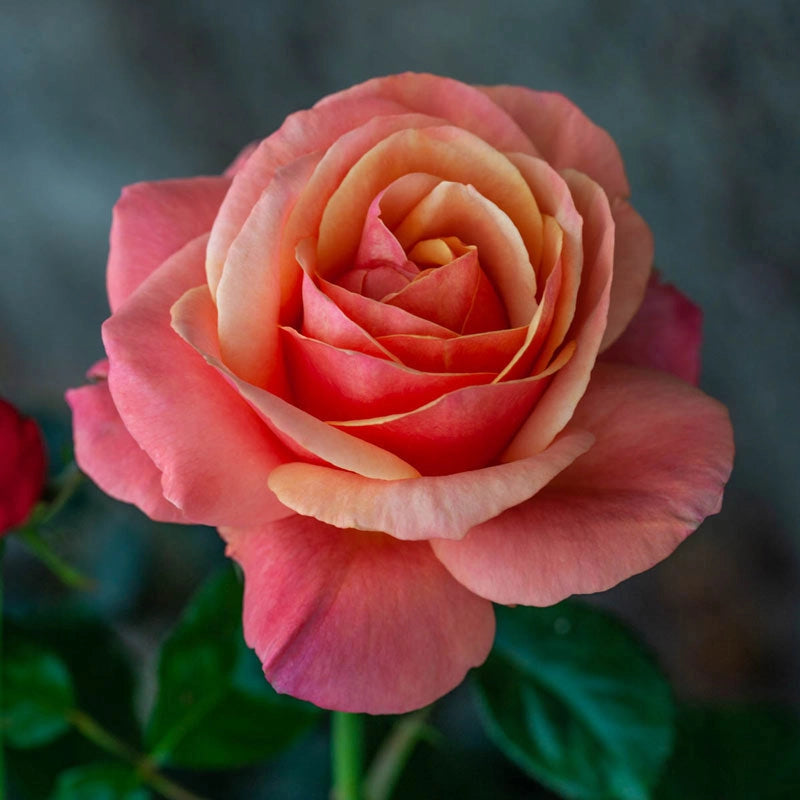 Anna's Promise Grandiflora Rose
Anna's Promise Grandiflora Rose- Regular price
-
$35.99 $69.99 - Regular price
-
$44.99 - Sale price
-
$35.99 $69.99
-
State of Grace™ Grandiflora Rose
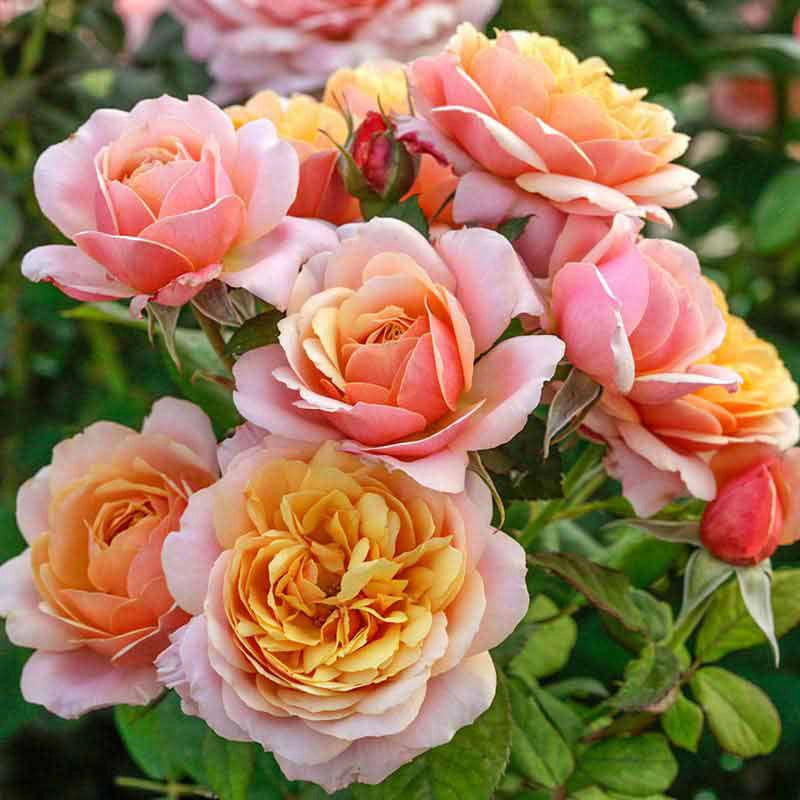 State of Grace™ Grandiflora Rose
State of Grace™ Grandiflora Rose- Regular price
-
$35.99 $119.99 - Regular price
-
$44.99 - Sale price
-
$35.99 $119.99
-
Uptown Girl™ Grandiflora Rose
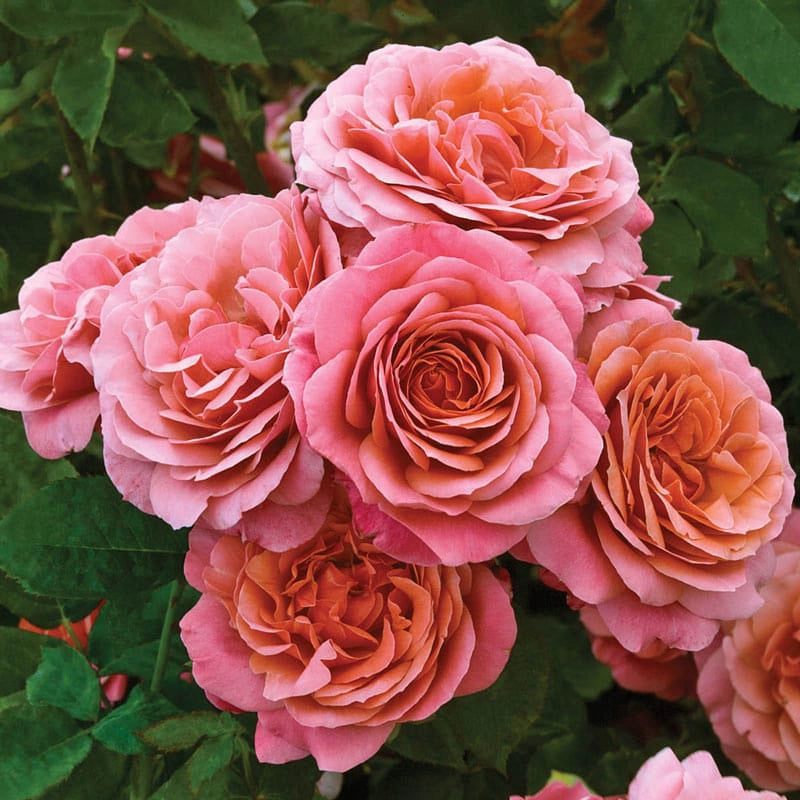 Uptown Girl™ Grandiflora Rose
Uptown Girl™ Grandiflora Rose- Regular price
-
$35.99 $119.99 - Regular price
-
$44.99 - Sale price
-
$35.99 $119.99
-
Miss Congeniality™ Grandiflora Rose
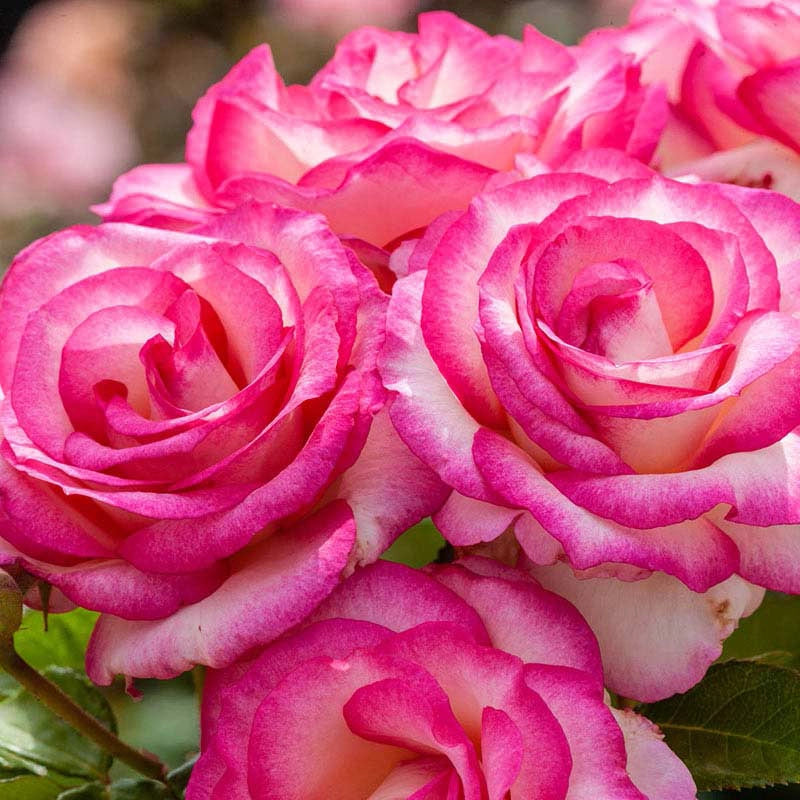 Miss Congeniality™ Grandiflora Rose
Miss Congeniality™ Grandiflora Rose- Regular price
-
$35.99 $119.99 - Regular price
-
$44.99 - Sale price
-
$35.99 $119.99
-
Fun in the Sun™ Grandiflora Rose
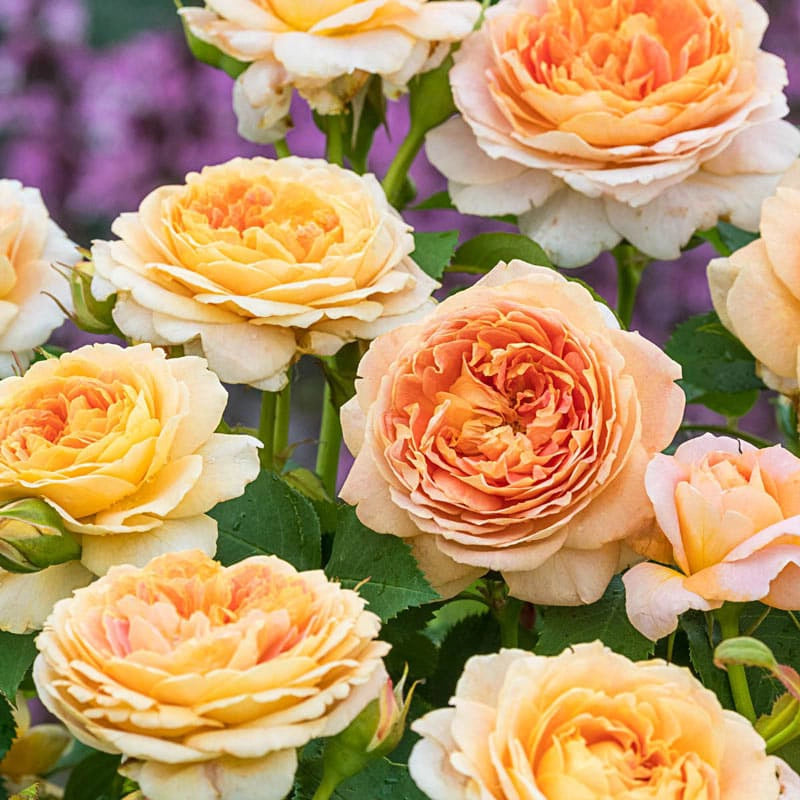 Fun in the Sun™ Grandiflora Rose
Fun in the Sun™ Grandiflora Rose- Regular price
-
$35.99 $119.99 - Regular price
-
$44.99 - Sale price
-
$35.99 $119.99
-
About Face® Grandiflora Rose
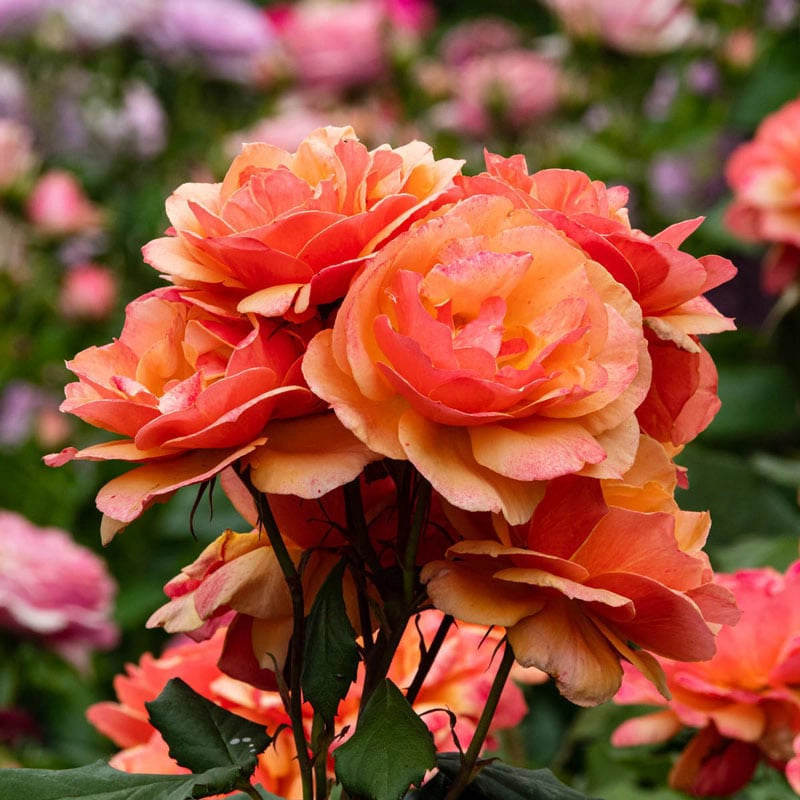 About Face® Grandiflora Rose
About Face® Grandiflora Rose- Regular price
-
$44.99 $69.99 - Regular price
-
- Sale price
-
$44.99 $69.99
-
Dick Clark Grandiflora Rose
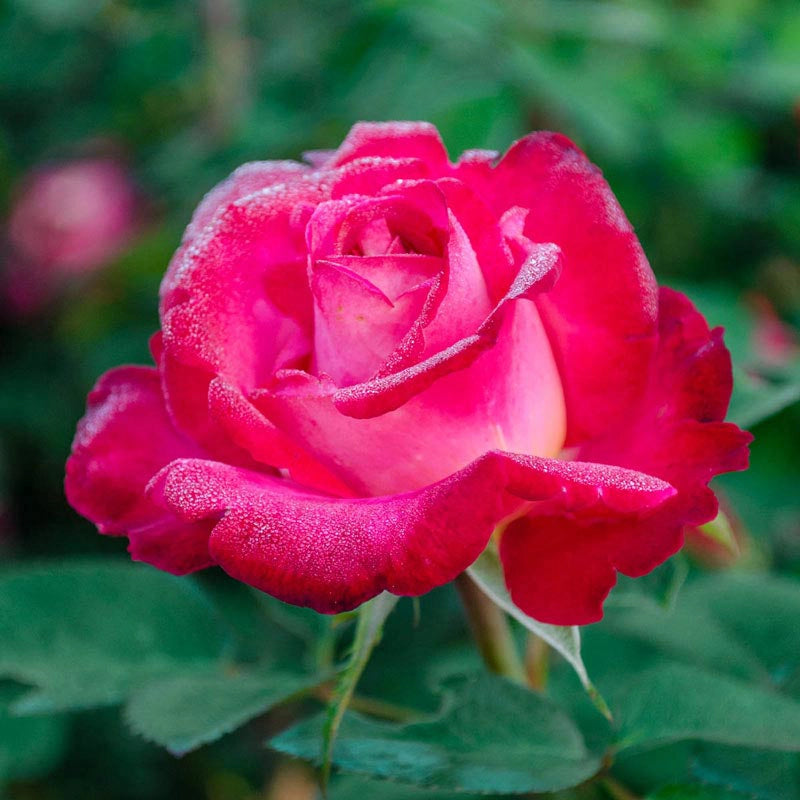 Dick Clark Grandiflora Rose
Dick Clark Grandiflora Rose- Regular price
-
1 for
$69.99 - Regular price
-
- Sale price
-
1 for
$69.99
-
Miss Manners™ Grandiflora Rose
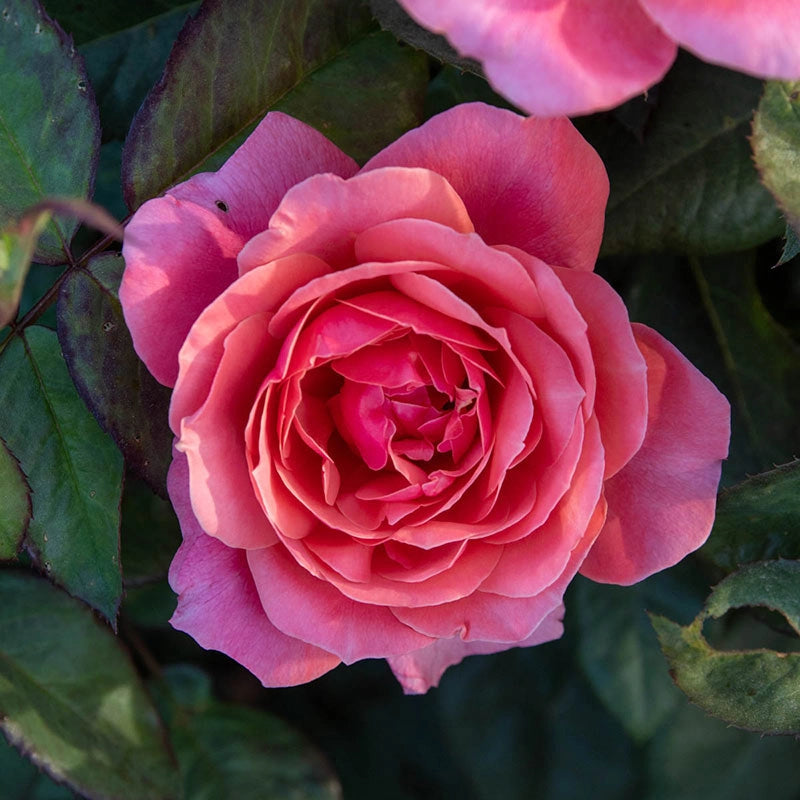 Miss Manners™ Grandiflora Rose
Miss Manners™ Grandiflora Rose- Regular price
-
$69.99 $119.99 - Regular price
-
- Sale price
-
$69.99 $119.99
-
Quest For Zest™ Grandiflora Rose

 Quest For Zest™ Grandiflora Rose
Quest For Zest™ Grandiflora Rose- Regular price
-
$54.99 $74.99 - Regular price
-
- Sale price
-
$54.99 $74.99
-
Parade Day Grandiflora Rose
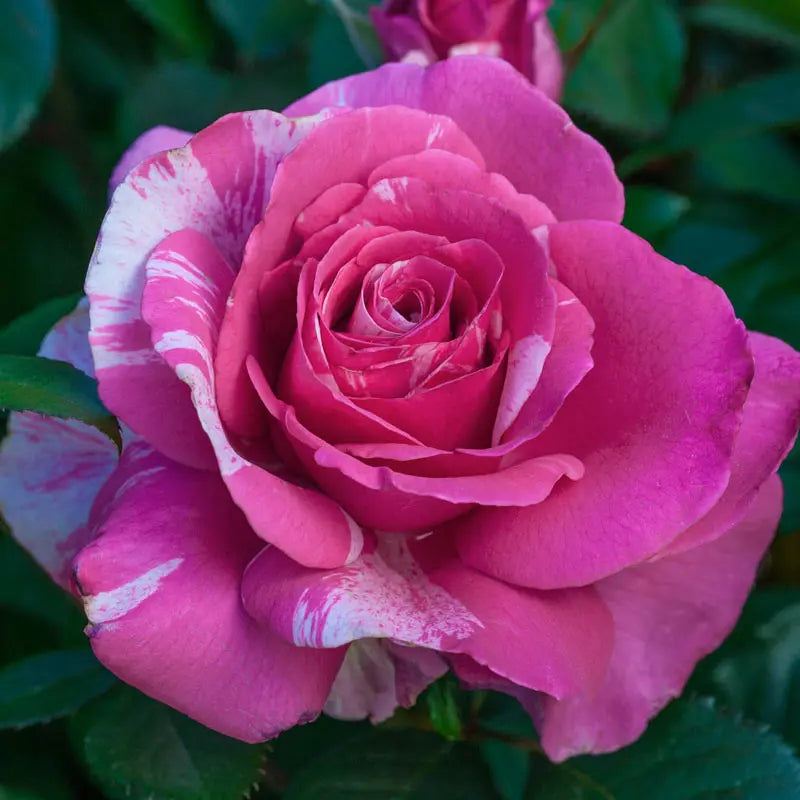 Parade Day Grandiflora Rose
Parade Day Grandiflora Rose- Regular price
-
$44.99 $79.99 - Regular price
-
- Sale price
-
$44.99 $79.99
-
Happy Go Lucky™ Grandiflora Rose
 Happy Go Lucky™ Grandiflora Rose
Happy Go Lucky™ Grandiflora Rose- Regular price
-
$44.99 $79.99 - Regular price
-
- Sale price
-
$44.99 $79.99
-
Fragrant Plum Grandiflora Rose Jumbo
 Fragrant Plum Grandiflora Rose Jumbo
Fragrant Plum Grandiflora Rose Jumbo- Regular price
-
$39.99 $119.99 - Regular price
-
- Sale price
-
$39.99 $119.99
-
Queen Elizabeth Grandiflora Rose Fortuniana
 Queen Elizabeth Grandiflora Rose Fortuniana
Queen Elizabeth Grandiflora Rose Fortuniana- Regular price
-
$39.99 $66.49 - Regular price
-
- Sale price
-
$39.99 $66.49
-
Strike It Rich® Grandiflora Rose-Jb
 Strike It Rich® Grandiflora Rose-Jb
Strike It Rich® Grandiflora Rose-Jb- Regular price
-
$44.99 $119.99 - Regular price
-
- Sale price
-
$44.99 $119.99
Large, curvaceous blooms grow in clusters on Grandiflora type roses. They are a cross between the floriforous Floribunda--from which they get the multiple blooms per stem--and the cut-flower favorite, Hybrid Tea--which passed down the plant height and perfect flower form. What is the difference between Floribunda and Grandiflora roses?
When we're talking about modern roses, we're generally discussing hybrid teas-those hybridized versions of old-fashioned roses-Grandifloras, and Floribundas. Those last two can be tricky to identify, especially for gardeners just testing the rose waters. Let's talk about Grandiflora roses versus Floribunda roses.
The floribunda rose bush was cultivated as a cross between the hybrid tea rose and the polyantha rose, a multi-flowering, smaller rose bush. The resulting rose is more ornamental than a polyantha, and an extremely prolific bloomer. Floribunda roses have great color and flowers that are three to five inches across, while the shrub itself grows to two or three feet. Floribundas are also known for their exceptional fragrance.
Grandifloras are a cross between a hybrid tea and a Floribunda rose. Breeders are ever advancing the science to create big, bold, and hardy plants. Grandifloras are also abundantly-flowering, and grow larger than floribundas. Grandifloras typically have flowers 4 to 6 inches across, and can grow up to three to five feet tall.
The biggest differences between Grandifloras and Floribundas are as follows:- Height. Grandifloras are typically taller than Floribundas, growing to five or six feet tall.
- Climate: Floribundas are often the more cold-hardy option.
- Form: Grandifloras are more likely to produce double blooms.
- Blooms: Grandifloras' blooms are a bit larger than Floribundas.
- Fragrance: Grandiflora roses tend to have a milder fragrance, while Floribundas are the more heavily-scented rose type.
If you're not sure whether to go with Grandiflora or Floribunda roses, know that you don't have to pick just one type. These roses will happily grow alongside one another, providing variety and eclecticism to the landscape.
What zones/states do grandiflora rose bushes grow best?
Our roses are shipped from California, where our partners at Weeks' Roses create some of the very finest roses on the market. Many rose growers are sited in Florida or California, where mild temperatures and long growing seasons spur on some of the best cities for growing roses. However, you don't have to live a mile from the Rose Parade to grow amazing roses. Let's look at what makes a good zone for rose growing:
- Wide open spaces. Areas like southern California and the San Antonio region create great roses in part because they have wide, flat spaces with little shade.
- Precipitation: Roses need regular watering and consistent moisture in the soil, and places that receive around two inches of water each week fill that need.
- Long, sunny days. Clear skies make for bold blooms, and allow roses to dry out after those drenching rains.
While these factors contribute to our amazing rose producers' success, roses aren't the realm of only temperate states. Irrigation and soil amendments can make places in the Midwest and South perfectly suitable for rose gardening, and advancements like Fortuniana rootstock make gardening in hot places possible. Grandiflora roses typically thrive in Zones 3 and above. For northern gardeners, try cold-friendly landscape roses like our Freedom Roses, which flourish easily, even after frigid winters.
What soil and water care do grandiflora rose bushes need?
Like other roses, Grandiflora roses perform best in well-drained, loamy soil that is rich but not heavy. Add peat moss and compost to your soil to aerate and encourage drainage when you plant your roses. The pH of your soil should fall into the 6.5 to 7 range. Soil that is overly alkaline or too acidic can affect the growth of rose plants, so soil testing can be an excellent tool to determine which amendments to use. Adding limestone to the soil will even out any acidity, while adding aluminum sulfate or sulfur to the soil will lower the pH level of alkaline soil.
Roses are thirsty plants, and your grandifloras will enjoy a slow, deep watering session twice per week. Water early in the day, and water deeply to encourage deep root growth. Don't soak the leaves or petals with water, as standing water on the plant itself can encourage mildew. As your roses grow, you'll need to add a rose-friendly fertilizer, alfalfa meal or compost to keep the soil full of nutrients. Commercially available rose food, or balanced fertilizer, are excellent choices.
What is the best pruning method for a Grandiflora rose?
Grandiflora roses are hardy growers, and will require pruning to encourage new growth and avoid overcrowded canes. They bloom on new wood, and should be pruned in the spring. Wait to prune until after the plant has leafed out slightly, but before buds appear.
Start pruning by taking a head-on look of your rose plant and determining where to prune. You'll need to remove any dead wood, old knotted branches, and spindly suckers. Cross-grown canes that chafe against other branches should be removed, and you can also use this pruning opportunity to shape up your plant.
Next, gather your tools. Long-handled shears provide enough leverage to trim most branches, but you may need a hand-saw for really difficult canes. And, a pair of hand clippers can help with detailing work. Remember, you want to make clean cuts, at an angle of about 45 degrees. Start from the ground up, and remove any crossed branches or dead canes. Next. remove low, thin branches that are spindly or less robust. Remove any fresh growth that looks unhealthy or is growing outside of your desired shape.Make sure you're cutting down to live wood, and that your cuts expose white, live growth. Pruning takes practice, but roses are quite forgiving. If your shape doesn't turn out perfectly, let the rose regrow a bit and try next year-once the plant is leafed out, it will look healthy and robust even if you didn't win the pruner-of-the-year award.


















